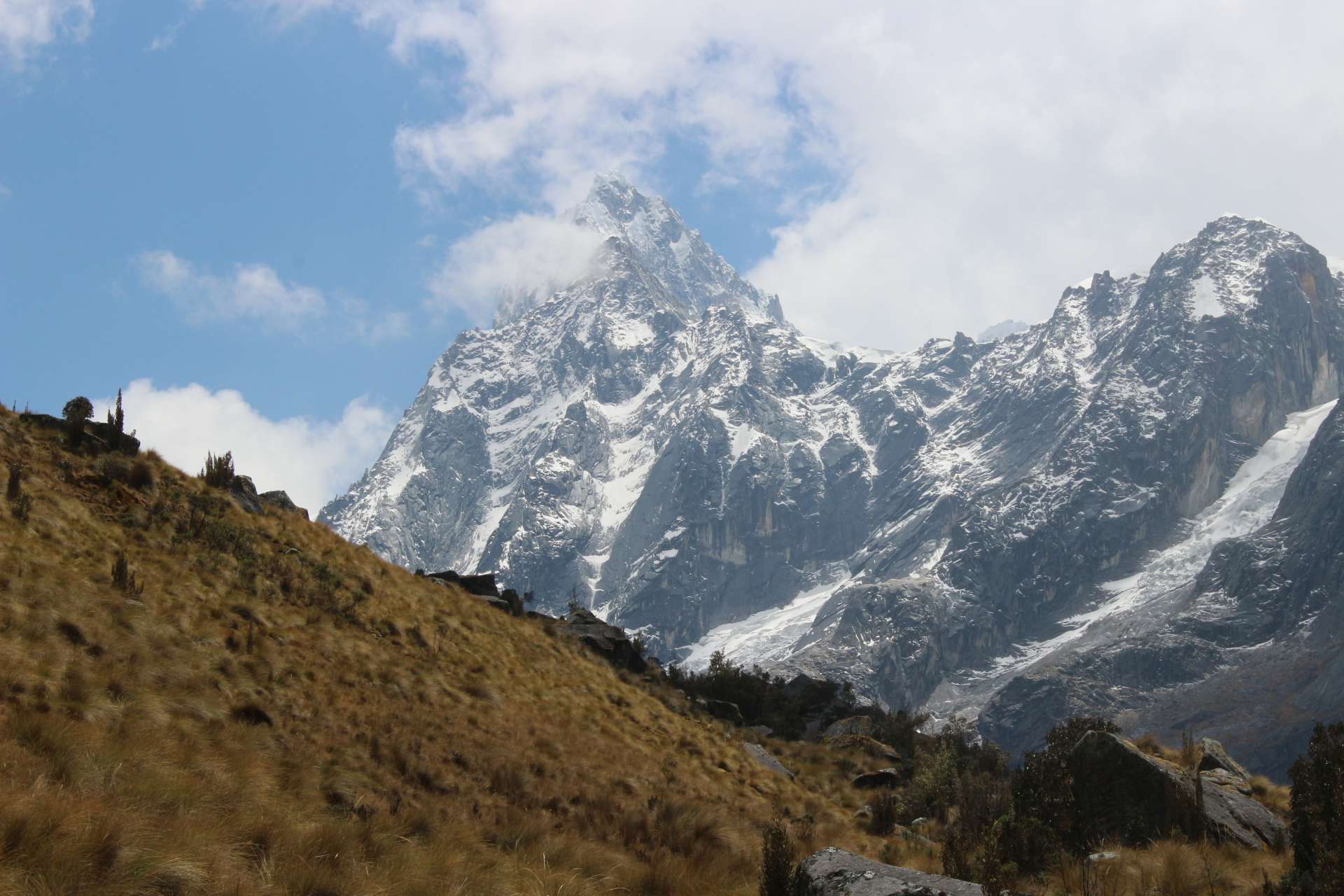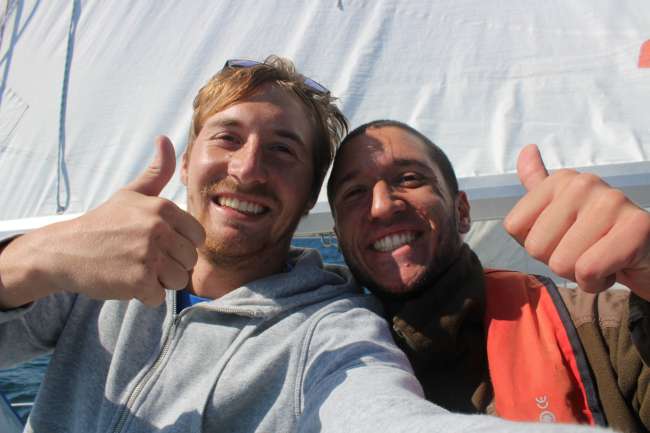Salento - After the metropolis, finally back to the countryside
פֿאַרעפֿנטלעכט: 11.11.2016
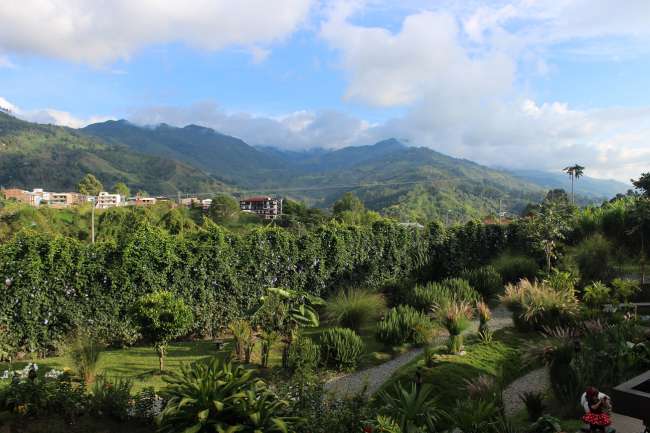
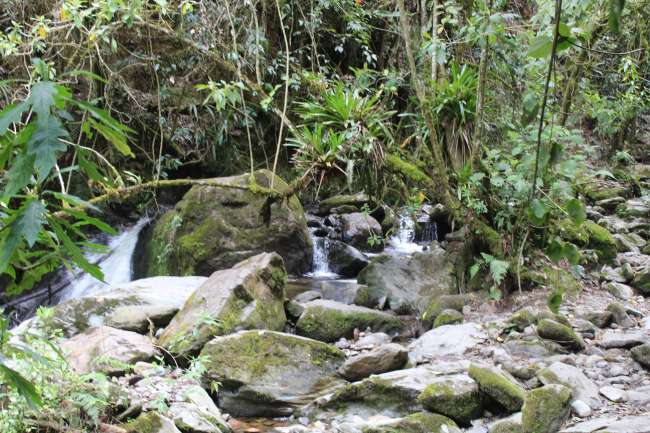
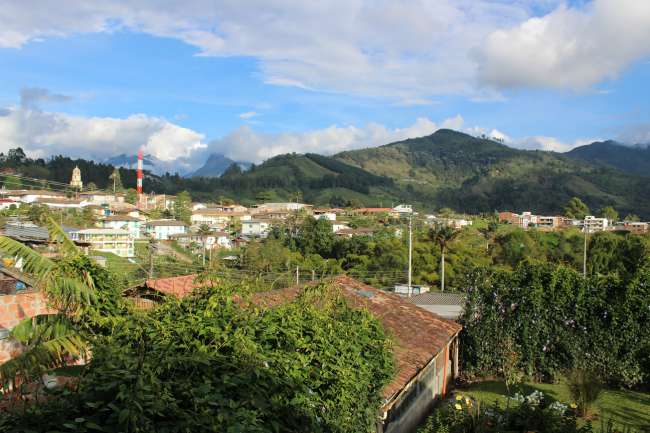
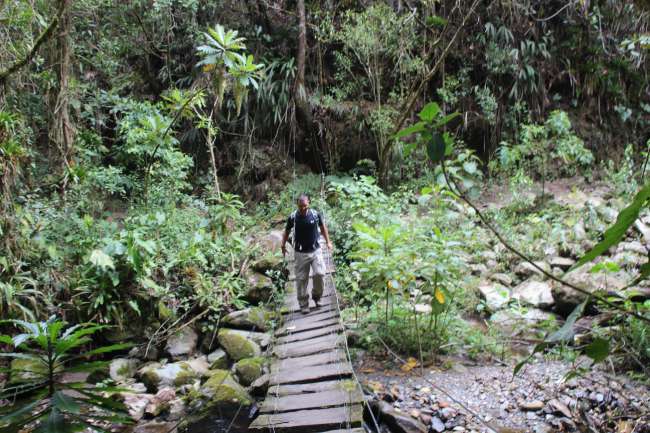
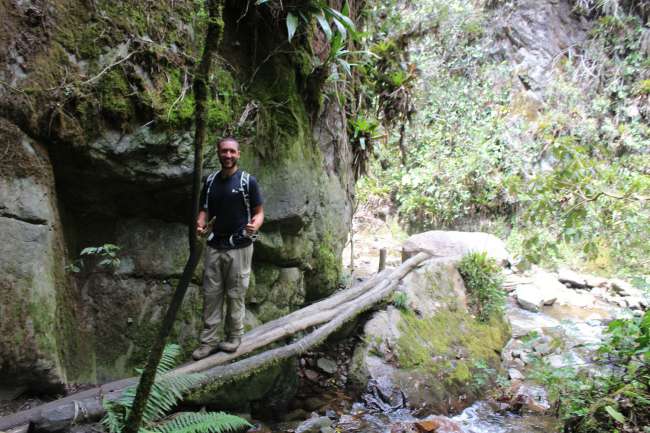
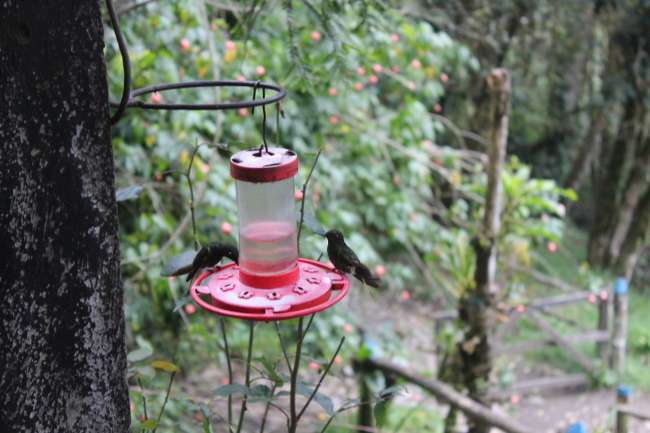
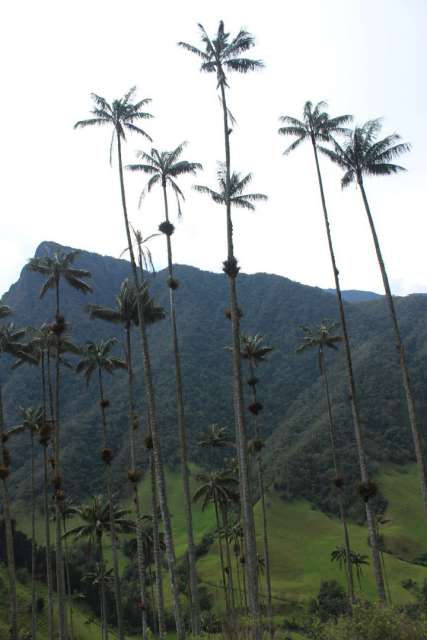
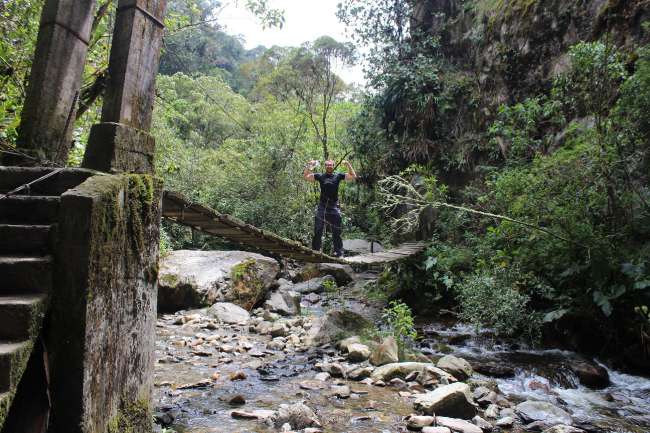
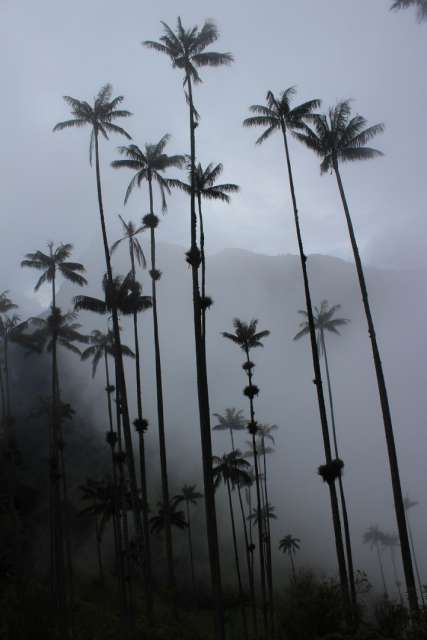
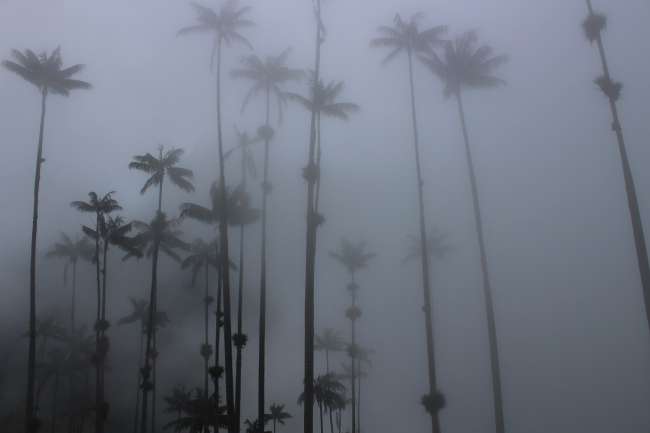
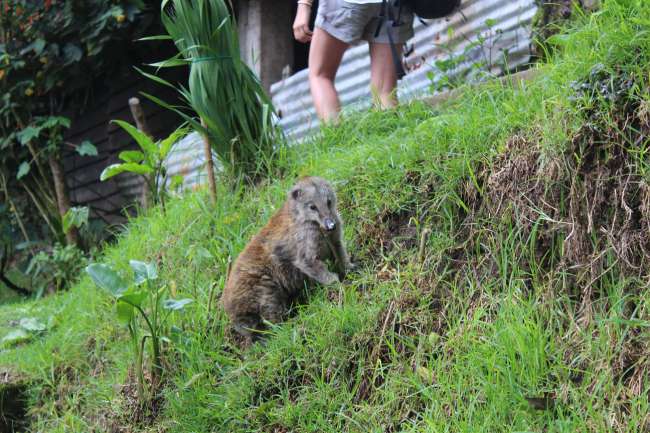
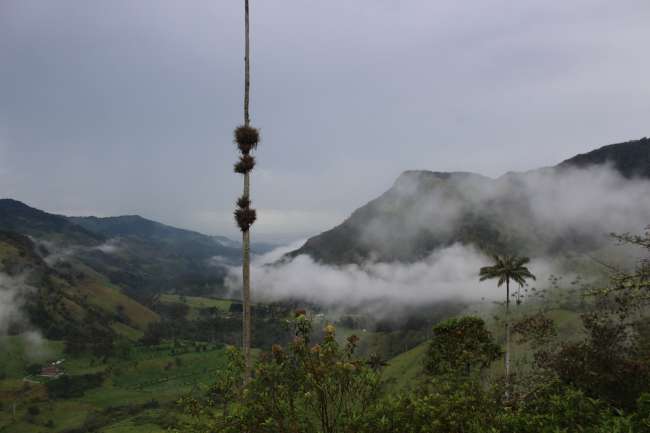
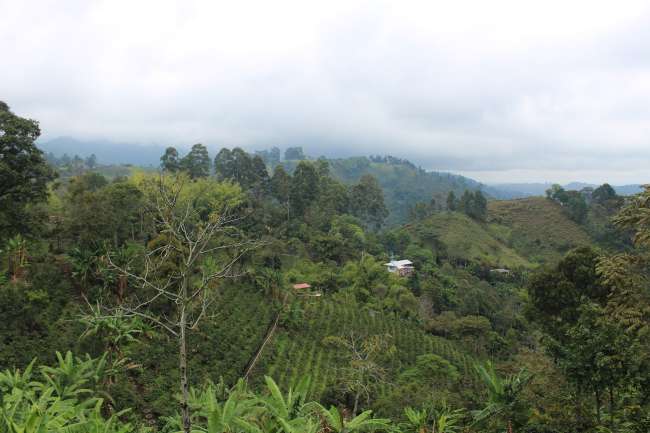
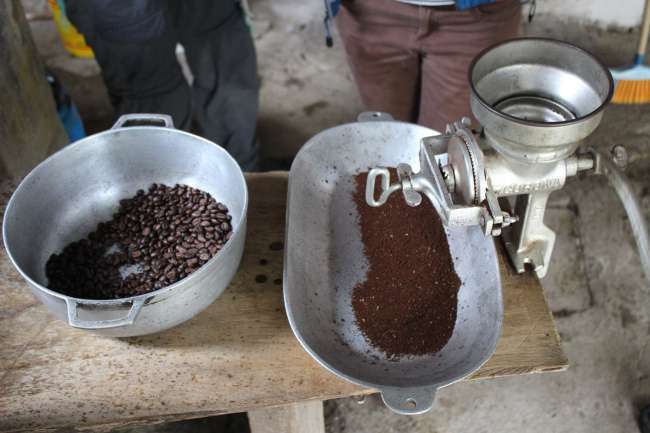
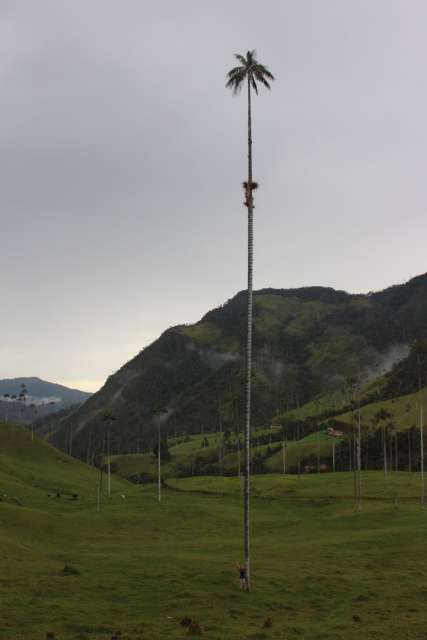
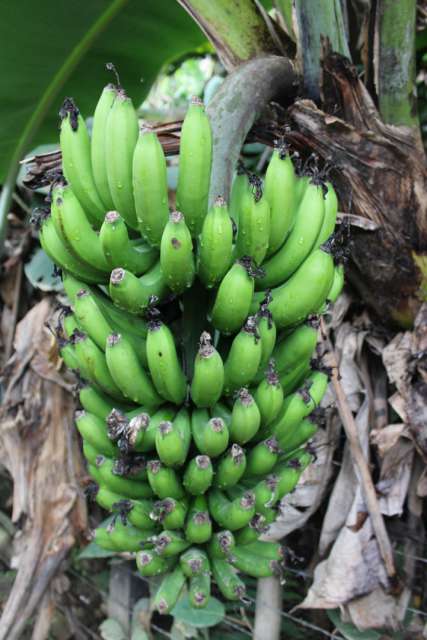
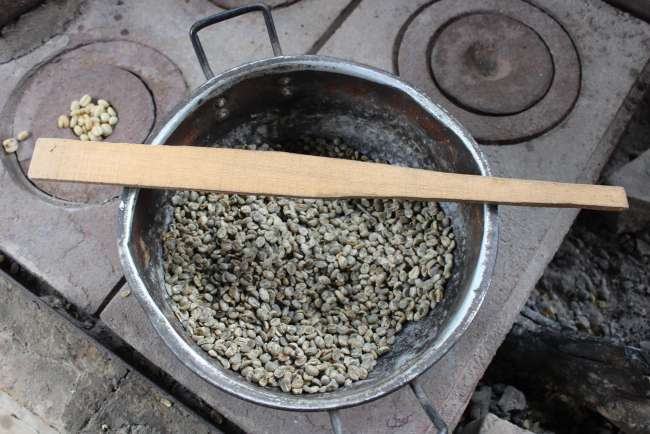
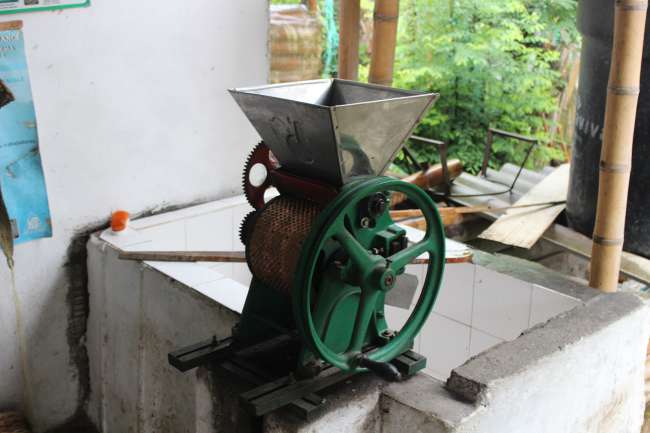
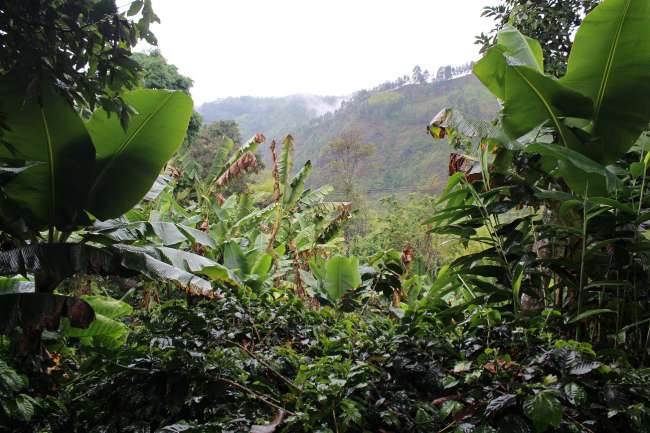
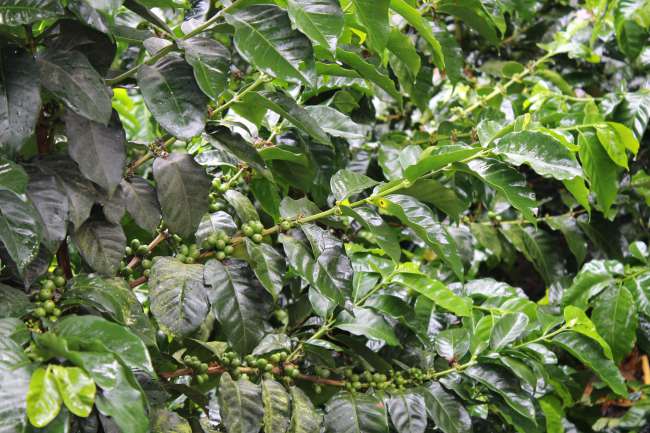
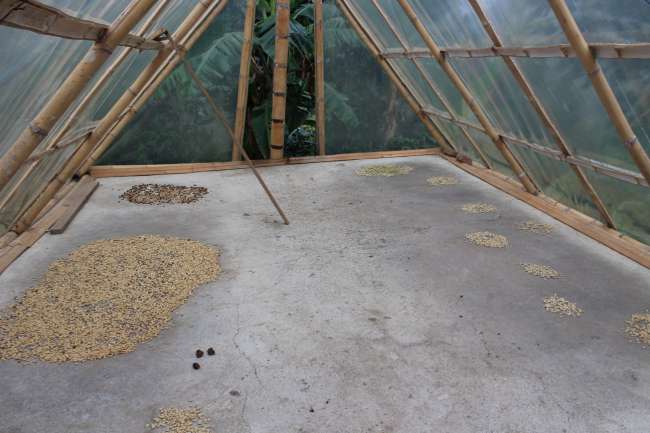
אַבאָנירן צו נעווסלעטטער
After unforgettable 12 days and nights in Medellin, we slowly but surely got tired of the metropolis and decided to have a change of scenery and immerse ourselves in nature. So our next destination is Salento, a small town with 4000 inhabitants in the famous coffee-growing region of Colombia. After a relaxed minibus ride, we arrive in the city in the evening. First, we orient ourselves and start the search for the hostel. After a 15-minute walk, we reach it. A super chic, modern hostel with a restaurant and a large terrace on the ground floor, which offered live music every evening, and the accommodation units on the upper floor. Thanks for the tip Marcus, we feel very comfortable here. The next day, we decide to relax and explore the city and spend the rest of the time in the hostel. The next day, we start our first big hike. We go to the nearby national park, which is said to be home to the tallest palms in the world, as well as countless bird species, including various species of hummingbirds. But first, we have breakfast and then head to the market square. From there, the historic jeeps drive towards the park. The ride was a bit uncomfortable again, as we once again had problems with our height. Our heads hit the ceiling with every bump, as it was designed for shorter people, as usual. Yippii, that's fun!!! But after a good 20 minutes drive, we have already overcome the torture and get out into a paradise of deep green, glowing meadows, surrounded by mountain forests and the first giant palms. A magnificent sight that also reminds us a bit of home. The lush green meadows with the fat cows grazing on them strongly resemble the Alpine foothills. Enjoying the positive energy, we start the hike. We walk along field paths, past cows, up to our first destination, the hummingbird farm. But before we reach it, we have to navigate rocky terrain, disheveled suspension bridges, and raging rivers. What a beautiful adventure. We really enjoy it. After an estimated 2 hours, we finally reach the farm. There, for a donation of 5000 pesos (less than 2€), we receive a hot chocolate and, of course, the opportunity to observe the hummingbirds up close. Fascinating little creatures! To our delight, it suddenly started thundering and the sky darkened instantly. We decided to quickly finish the chocolate and the sandwich we bought in the village in order to maybe escape the rain after all. We started well, but the weather caught up with us. Soaked through, we reached another finca in the mountains and took shelter there to wait out the shower. But after 10 minutes, we were getting too cold and we had to go back into the rain to avoid getting sick at the end of the day. Luckily, after another 10 minutes, the rain stopped and we were able to continue the dry descent back into the valley. On the way down, we met a French couple who pointed out a viewpoint to us that offered a gigantic view over the valley. A short time later, we found ourselves in the middle of the clouds again. Incredible how quickly the weather changes here. Back on the trail, we all went down together to the famous palms. They stand sublime on a lush green meadow. To take a first photo with one of the palms, I started running down the meadow. Damn, I think the last time I did that was as a child... it's still just as much fun as it was back then :) Inspired by my childishness, the Frenchman sprinted down the entire meadow, and everyone had a smile on their face. In the end, everyone sprinted down the meadow. After taking a few more photos, we headed towards the jeep drop-off point. Feeling completely satisfied, we reached the exit of the park and everyone went back to the city. When we arrived at the hostel, we treated ourselves to a few beers and ended a successful day full of great impressions. The next day can come! Planned, a visit to a coffee plantation and Tejo in the evening (I'll come to that later). We started the day with a hearty breakfast, and around noon, we went on a one-hour hike to the Don Juan coffee plantation. Just before the rain started, we reached the plantation (this time we were lucky). There, we relaxed on sofas, and after waiting for ten minutes, the guide came with a group behind him to the main house. He asked us if we wanted to join the second part of the tour, as it is covered. We decided to start with the second part of the tour. He showed us a machine that removes the coffee beans from their natural shells. Since the beans have a natural oil film, this film needs to be washed off first. The beans are placed in a water bath and then, when they are free of oil, they are spread out to dry in a kind of transparent tent, similar to our greenhouses. The shells end up in the compost, and the "oil water," which contains many nutrients, is used for fertilizing and irrigating the fields. After the beans are dried and the bad beans are sorted out, they are roasted over an open fire. The beans are roasted for 45 minutes while constantly stirring. After this time, they have the perfect roasting degree and achieve a balance between caffeine and flavor. After roasting, the beans are ground, and then it's time to make coffee and have a sip. It is important that the water for pouring over the coffee has a temperature of 85 degrees and must never boil. Otherwise, the coffee would burn and the taste would be negatively affected. So today is the day, my first real coffee. As a former non-coffee drinker, I am doing the ultimate taste test. And I must say, I am really pleasantly surprised. The taste is great. Not too bitter and really enjoyable, and that's for black coffee. The only downside is a bit of palpitations, but that's okay because after the tour inside, we went to the plantation and the really interesting part of the tour after the rain. The plantation covers a manageable size of 4 hectares and produces 4 tons of coffee per year. There are two different coffee plants on the farm. The imported Arabica coffee plant and an already modified Colombian coffee plant, which is more robust and adapted to the weather and environmental conditions, but does not differ in taste from the original coffee beans. During the tour of the plantation, the guide explains the principles of organic agriculture. The plantation is divided into 4 sectors, and each sector is divided into 3 rings. The Colombian coffee plants are located in the innermost and largest ring. The Arabica coffee beans are in the middle ring, and the outermost ring contains so-called "trap plants" (usually pineapple). The principle of pest control works as follows: The insects hardly touch the Colombian coffee plants because the shells of the fruits are so hard and robust that it is too much effort for them to process them. Instead, they make their way to the Arabica plants, which are sprayed with a natural pesticide consisting largely of chili by the farmers. This causes the insects to look for another source of food and eventually find the "trap plants." These are only planted so that the insects eat them and leave the coffee plants alone. There are also free-range chickens running around the entire area, which in turn eat the insects and the composted coffee bean shells. They spread their droppings all over the farm, providing natural fertilizer that provides important nutrients to the plants. In order to further regulate the water content and nutrient levels on the farm, banana and avocado trees are planted right in the middle of the plantations. The banana trees absorb an incredible amount of water and store it to release it again during dry periods. The avocado trees provide important nutrients through their fruits, which serve the growth of the plants. In addition, both plants provide a lot of shade, which also helps the plants during dry periods. All in all, this type of agriculture works great. This type of cultivation ensures a high yield and, above all, excellent taste. Impressive! After the tour, we made our way back home to finally play Tejo in the evening. The game works like this: you throw stones at small paper disks filled with gunpowder from a distance of 5-8 meters. If you hit it, it goes boom! Plus beer, what more does a man want :-D So we made an appointment with our roommates and started to the venue. Once there, we each ordered a beer and had the rules and scoring explained to us. After some initial difficulties with starting and hitting, we all developed a feeling for the stones and the distance, and soon it was rattling. Gradually, everyone hit, and the resulting cheerful mood was unique. We had a great evening and played into the night. But the next day it was time to say goodbye again. The bus takes us from Salento to Bogota after a few great days.
In Bogota, we spent another two days before taking a plane to Quito, Ecuador. On Marius' birthday, we visited the old town and met up with two new friends we met in Minca, Marieke and Erika, who both live and work in Bogota, to play Tejo for Marius' birthday once again. It was a very successful and once again incredibly fun evening. So it was time to say goodbye again and the excitement grew, new country, new people, and of course the Galapagos Islands.
More information about our first impressions in Ecuador coming soon.
Best regards
Marius and Max
אַבאָנירן צו נעווסלעטטער
ענטפער

רייזע ריפּאָרץ קאָלאָמביאַ
